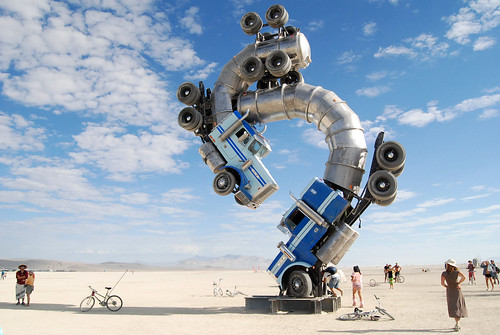California Air Board OKs Cap-and-Trade Regulations
Wyatt Buchanan, SF Chronicle, December 16, 2010
Under the new rules, which take effect in 2012, the number of metric tons of carbon dioxide emissions estimated for California will be capped at the currently-forecasted emissions levels for 2012. Over the next three years, the cap will shrink by 2 percent per year. From 2015 to 2020, the cap will drop by 3 percent per year.
The cap first applies to the some of California's biggest emitters, including utilities and large industrial plants. In 2015, it will expand to fuel distributors. In total, it will apply to 360 businesses at 600 locations across the state.
Read the complete article here.
